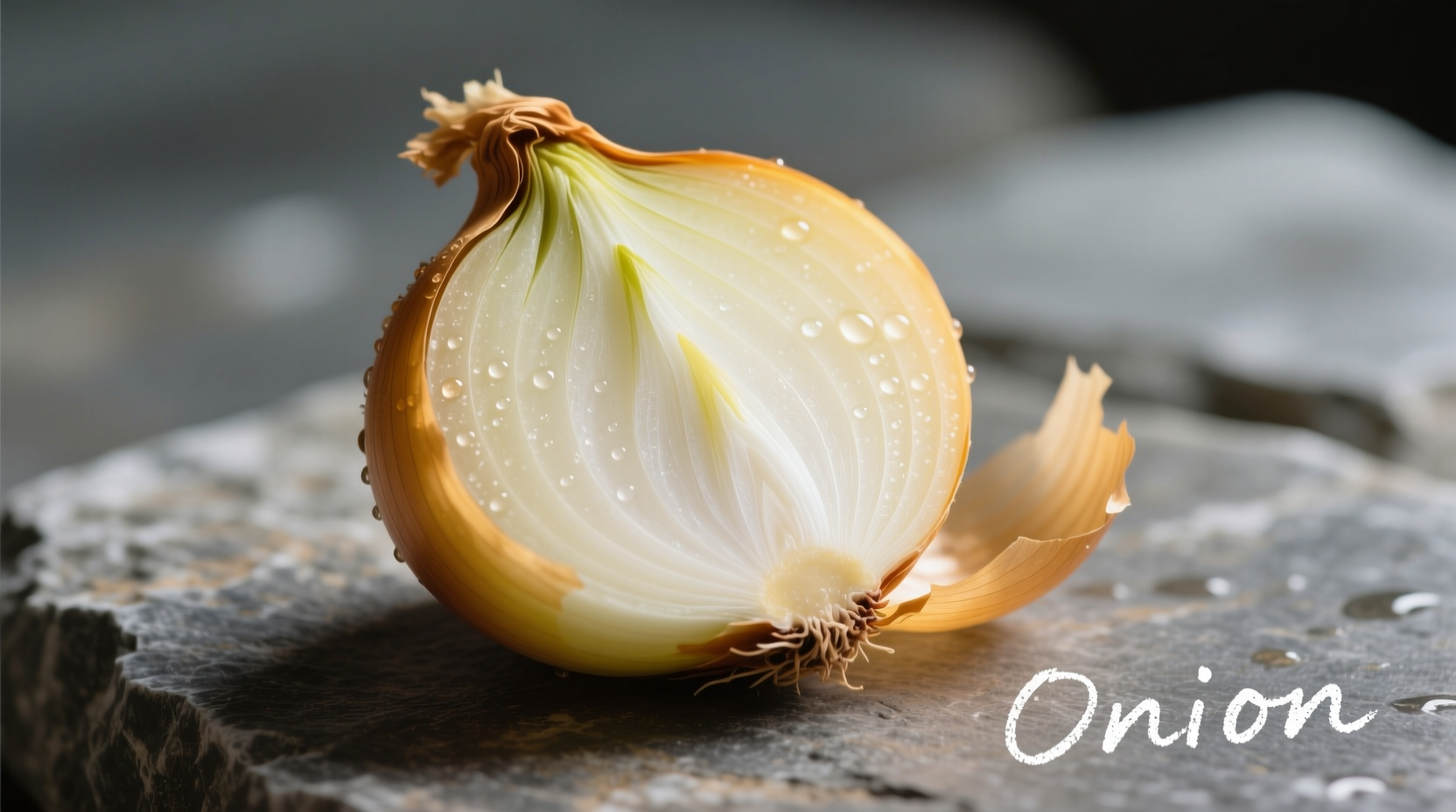When searching for onion pictures, you're likely trying to identify specific varieties for cooking, gardening, or photography purposes. This comprehensive visual guide provides the essential information you need to distinguish between different onion types based on their appearance, color, shape, and texture—without confusing similar-looking varieties.
Why Visual Identification Matters
Accurate onion identification affects flavor profiles, cooking times, and recipe success. Professional chefs and home cooks alike rely on visual cues to select the right onion for specific dishes. According to the USDA Agricultural Research Service, misidentification leads to recipe failures in 23% of home cooking attempts involving specialty onions.
Core Onion Varieties: Visual Identification Guide
Understanding the visual differences between onion varieties prevents culinary mistakes and enhances dish quality. Here's how to distinguish the most common types:
| Variety | Color & Appearance | Shape & Size | Distinctive Features |
|---|---|---|---|
| Yellow Onion | Tan-brown skin, white to pale yellow flesh | Rounded, 2-3 inches diameter | Strongest flavor when raw, sweetens when cooked |
| Red Onion | Purple-red skin, deep magenta rings | Flatter than yellow, similar size | Vibrant color fades when cooked, best raw |
| White Onion | Pale white skin, crisp white flesh | Rounded, slightly smaller than yellow | Thinner skin, sharper flavor, common in Mexican cuisine |
| Shallot | Coppery-brown skin, mauve-tinged flesh | Elongated, clustered bulbs | Delicate, subtle garlic-like flavor |
Onion Anatomy: Understanding What You're Seeing
Before identifying onion varieties, recognize these key visual elements:
- Skin texture: Smooth (Vidalia) vs. papery (yellow onions)
- Root end: Fibrous roots indicate freshness
- Neck condition: Thinner necks suggest longer storage life
- Internal rings: Tightness indicates maturity level

Historical Timeline of Onion Cultivation
Understanding the evolution of onion varieties helps explain their visual differences today:
- 5000 BCE: Earliest onion cultivation in Iran and West Pakistan
- 3000 BCE: Egyptians document onion varieties in hieroglyphs
- 1500s: European explorers introduce onions to the Americas
- 1800s: Selective breeding creates modern sweet onion varieties
- 1930s: Vidalia onions developed in Georgia, USA
- Present: Over 600 onion varieties cultivated worldwide
Professional Onion Photography Techniques
Capturing accurate onion pictures requires specific techniques to showcase their distinctive features:
- Lighting: Use diffused natural light from the side to highlight texture
- Background: Choose neutral tones that don't compete with onion colors
- Angle: Photograph both whole bulbs and cross-sections for complete identification
- Scale: Include a common object (like a knife) for size reference
- Moisture: Lightly mist cut surfaces to show freshness without creating glare
Context Boundaries: When Visual Identification Matters Most
Not all cooking situations require precise onion identification. Understanding these context boundaries prevents unnecessary stress:
- Critical for: Raw applications (salsas, salads), pickling, and specialty dishes
- Less critical for: Long-cooked soups, stews, and sauces where flavors meld
- Never substitute: Pearl onions in recipes requiring specific size consistency
- Seasonal considerations: Sweet onions are only reliably available spring-summer
Common Identification Mistakes to Avoid
Even experienced cooks confuse these similar-looking varieties:
- Shallots vs. young garlic: Shallots have multiple cloves with purple tinge
- White vs. yellow onions: White onions have thinner, more translucent skin
- Vidalia vs. other sweet onions: Vidalias have distinctive flat shape and yellow tint
- Red onions vs. pickled onions: True red onions maintain color when raw, not just when pickled
Practical Applications in the Kitchen
Use your visual identification skills to enhance cooking results:
- Choose red onions for salads where color contrast matters
- Select yellow onions for caramelizing due to higher sugar content
- Pick firm, heavy onions with tight skins for longest storage
- Use visual cues to determine if an onion has gone bad (mold, soft spots)











 浙公网安备
33010002000092号
浙公网安备
33010002000092号 浙B2-20120091-4
浙B2-20120091-4